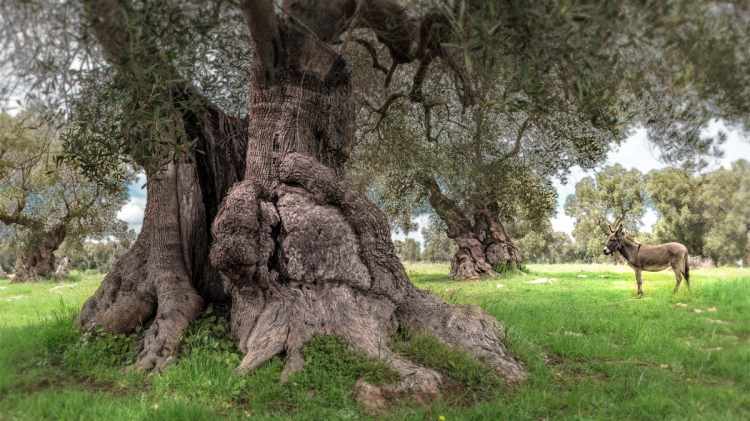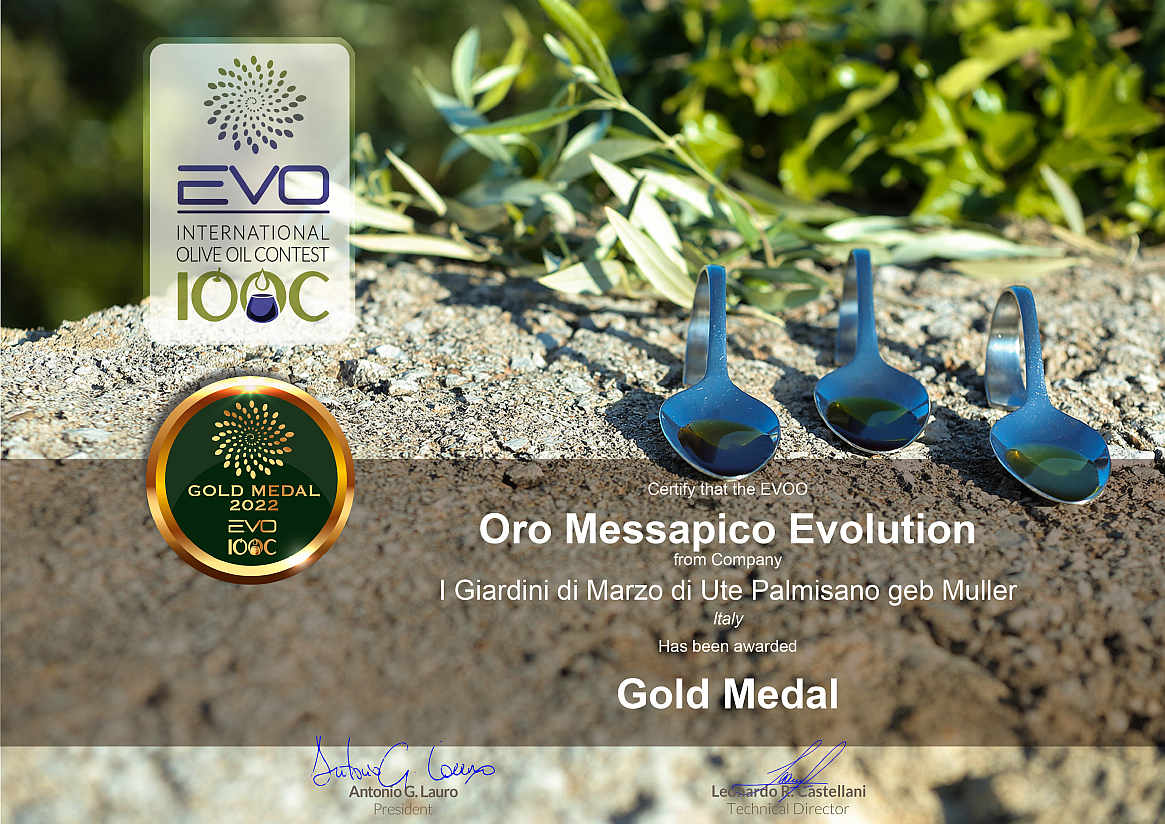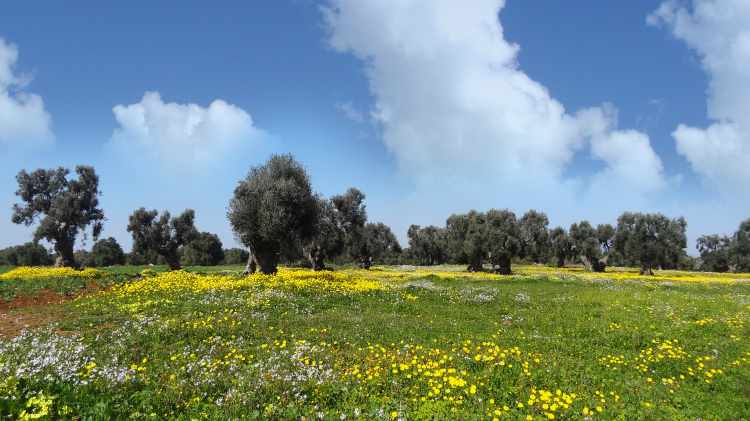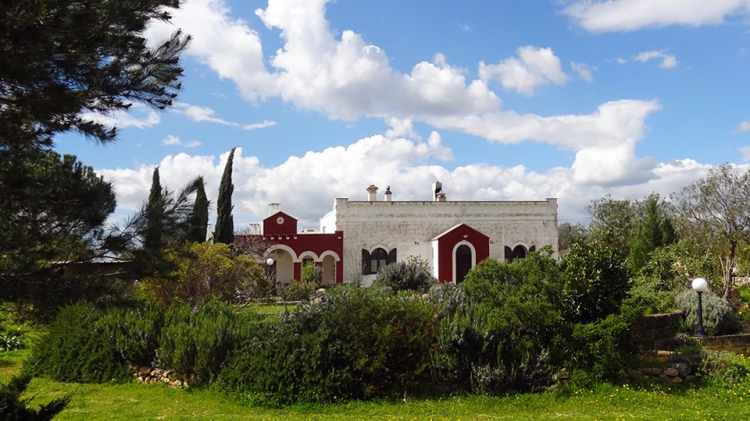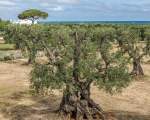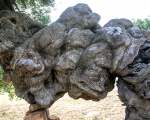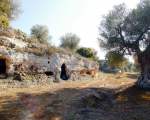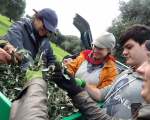Inspiration

Millennium olive tree
“You feel drawn toward an olive tree because of its down-to-earth
strength and tranquillity that radiate from it, due to its slow growth,
due to its survival skill through continuous renewal from the trunk, and
due to its age, which makes you feel great wisdom.”
The encounter with Apulia’s millennia-old olive trees, the so-called
“giants of the Mediterranean”, has something magical. They cover the
slopes of the Murge Plateau with endless silvery green forests. With its
veins of white limestone and its red earth, the Murge stretches as far
as the sea, which creates a deep blue background to an absolutely
stunning view.
...read more
...contract expanded text
While looking at the olive trees, we are also looking in the mirror
at the history of our civilization. These trees tell us the more than
3,000-year-old story of our ancestors, carved in the wood of their
mighty trunks. The fascinating thing about this story is that these very
trees, from which the Messapii extracted oil long before the Greeks and
the Romans, are still providing us with oil today. Which other plant in
the world can boast of having this privilege?
The idea of ORO MESSAPICO (Messapic Gold) arose from our enthusiasm
for these vivid contemporary witnesses of the past, and the desire to
immortalize the life story of these ancient olive trees with a special
olive oil. The uniqueness of our ORO MESSAPICO olive oils is that they
come from trees that give us not only their oil, but also their life
story. Taking care of these trees and keeping them alive means
maintaining our own identity at the same time.



